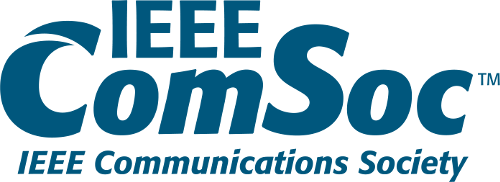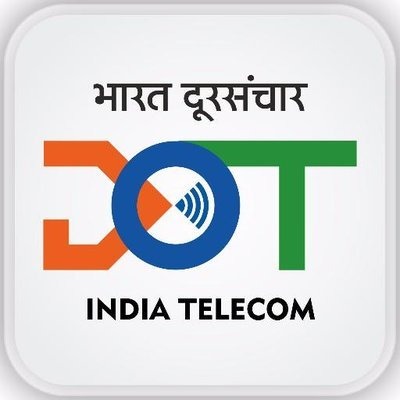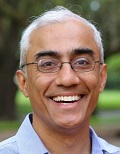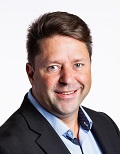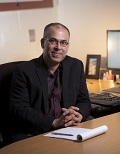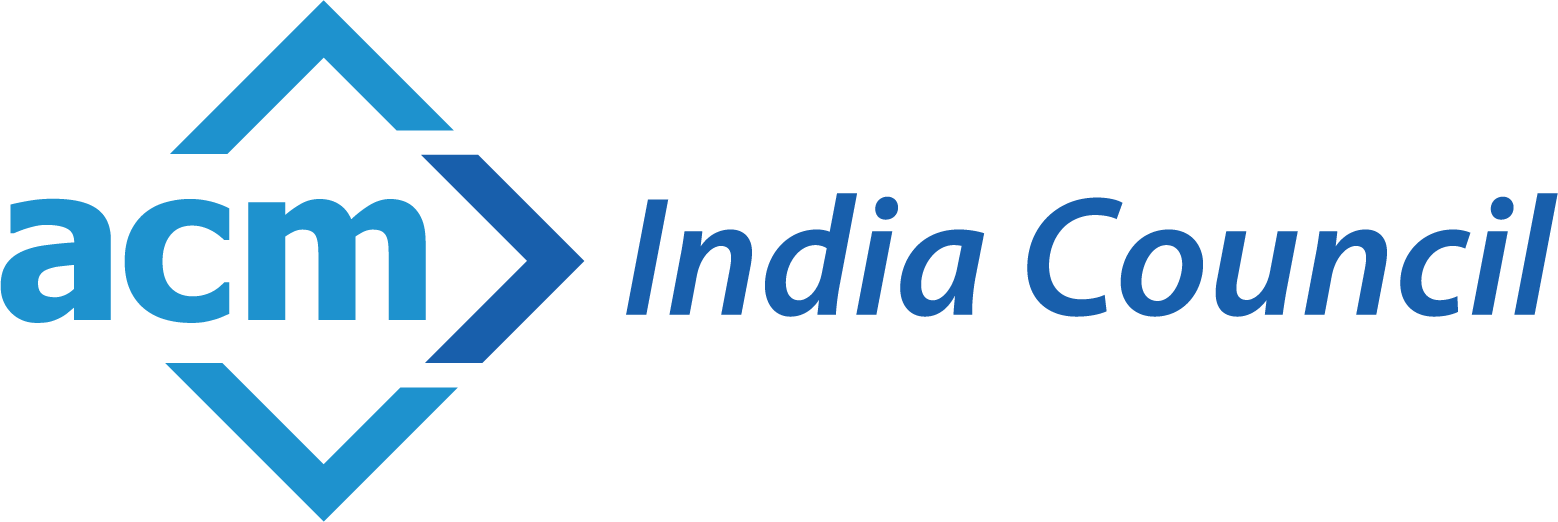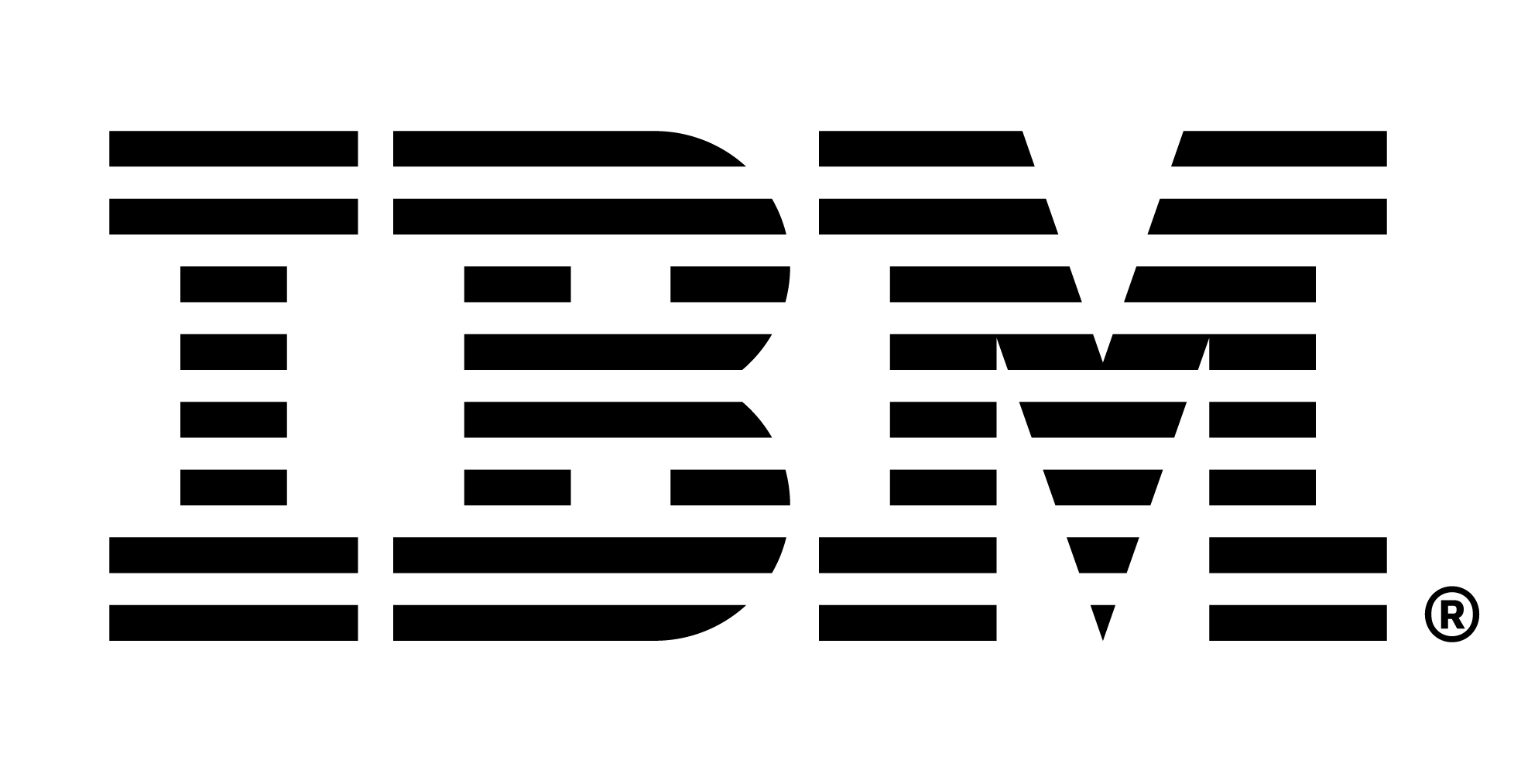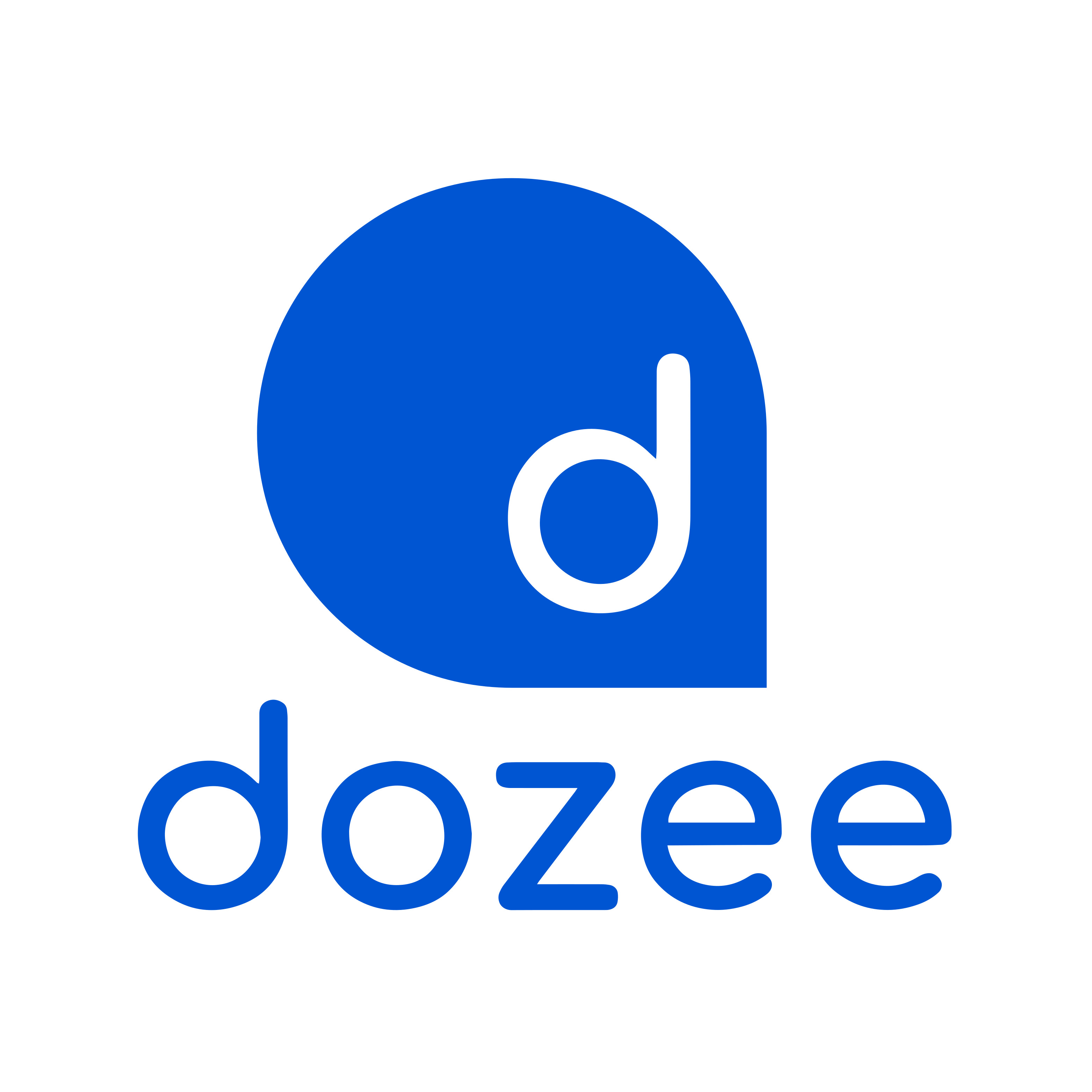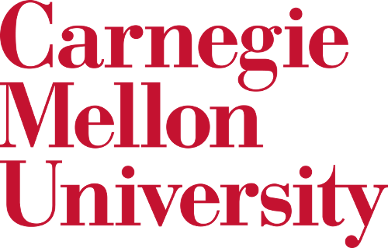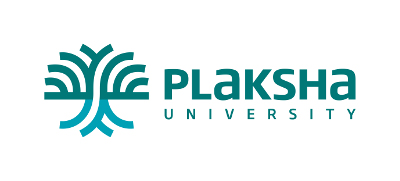Keynote Speakers
Ashutosh Sabharwal
Rice University, USAVisit Homepage
As the wireless standards occupy larger parts of the spectrum with an ever-larger number of antennas, there is an opportunity to also use the communications spectrum for “imaging” the environment. Next-generation networks like 6G will be multi-function, i.e., use the same spectrum for multiple functions. In this talk, we will first briefly review our research contributions over the past decade that could play a role in developing multi-function networks. And then highlight our recent efforts to develop theoretical foundations to understand the tradeoff in multi-function networks.
Ashutosh Sabharwal's research interests are wireless theory, design, and large-scale deployed testbeds. He was one of the inventors of in-band full-duplex communications, a technology used in both wireline and wireless standards. He is the founder of the WARP project ( warp.rice.edu ), an open- source project used by 150+ research groups worldwide. He is currently leading several NSF-funded center-scale projects, notably Rice RENEW ( renew-wireless.org ), to develop an open- source software-defined massive MIMO wireless network platform. He received the 2017 IEEE Jack Neubauer Memorial Award, 2018 IEEE Advances in Communications Award, 2019 ACM Test-of-time Award, 2019 ACM MobiCom Community Contribution Award, and 2021 ACM Test-of-time Award. He is a Fellow of IEEE and the National Academy of Inventors.
Margaret Martonosi
National Science Foundation, USAVisit Homepage
The United States National Science Foundation (NSF) supports a majority of US academic research in the Computer and Information Science and Engineering (CISE) topic areas. A long-time computing researcher herself, Dr. Margaret Martonosi is now serving a 4-year term leading the NSF CISE Directorate, and stewarding the CISE directorate’s $1B+ annual budget on behalf of research, education, workforce and infrastructure funding in CISE topic areas and for science as a whole. In this talk, she will discuss key themes for the computing and communications research fields, and how CISE is developing programmatic opportunities to advance research related to them. Martonosi will relate these themes to the topics most relevant to the COMSNETS community, and will also discuss international collaborations in these topics as well.
Margaret Martonosi is the US National Science Foundation’s (NSF) Assistant Director for Computer and information Science and Engineering (CISE). With an annual budget of more than $1B, the CISE directorate at NSF has the mission to uphold the Nation’s leadership in scientific discovery and engineering innovation through its support of fundamental research and education in computer and information science and engineering as well as transformative advances in research cyberinfrastructure. While at NSF, Dr. Martonosi is on leave from Princeton University where she is the Hugh Trumbull Adams '35 Professor of Computer Science. Dr. Martonosi's research interests are in computer architecture and hardware-software interface issues in both classical and quantum computing systems. Dr. Martonosi is a member of the National Academy of Engineering and the American Academy of Arts and Sciences. She is a Fellow of the Association for Computing Machinery (ACM) and the Institute of Electrical and Electronics Engineers (IEEE).
Matti Latva-aho
University of Oulu, FinlandVisit Homepage
One of the novel features of 5G is the local connectivity solutions and private networks for which some of the specific spectrum bands have been already allocated. 6G will target at developing mobile technologies at higher spectrum bands for mmWave bands and even sub-THz bands. When systems operate at higher spectrum bands, local networks start to make even more sense as the communication link ranges are drastically dropping due to harsh propagation conditions. In particular, when operating in indoor environments, private networks can achieve total interference isolation making adjacent networks co-existence straight forward and simple. This will open totally new business opportunities and can greatly accelerate digitalization of society. Property owners will be part of the value chain with dedicated networks customized for their own needs: hospitals, schools, shopping malls, factories, office buildings, private households etc. can have different offerings and capabilities of networks in the future. The global private 5G network market size was valued at USD 1.38 billion in 2021 and is expected to expand at a compound annual growth rate (CAGR) of 49.0% from 2022 to 2030. Currently, private 5G networks are non-public and not requested to allow roaming with MNOs networks. Towards 6G, the private network concept needs to be enlarged to enable also open local connectivity and roaming. The reason for this is both technical due to extremely high frequencies as well as the digitalization needs and expectations from the society. New players are needed with new investments speeding up digitalization of society. Furthermore, discussions on the technical superiority of 6G enabling up to Tbps peak datarates, cm level positioning, sub ms latency and ultra reliability at lower energy consumption etc., are also encouraging to focus on local connectivity solutions in innovative 6G developments. Evolutionary path of 5G solves larger area coverage needs also in the future – and local connectivity solutions will be part of this evolution.
Matti Latva-aho received the M.Sc., Lic.Tech. and Dr. Tech (Hons.) degrees in Electrical Engineering from the University of Oulu, Finland in 1992, 1996 and 1998, respectively. From 1992 to 1993, he was a Research Engineer at Nokia Mobile Phones, Oulu, Finland after which he joined Centre for Wireless Communications (CWC) at the University of Oulu. Prof. Latva-aho was Director of CWC during the years 1998-2006 and Head of Department for Communication Engineering until August 2014. Currently he is professor at the University of Oulu on wireless communications and Director for National 6G Flagship Programme. He is also a Global Fellow with Tokyo University. Prof. Latva-aho has published over 500 conference or journal papers in the field of wireless communications. He received Nokia Foundation Award in 2015 for his achievements in mobile communications research.
Saurabh Bagchi
Purdue University, USAVisit Homepage
We live in a data-driven world as everyone around has been telling us for some time. Everything is generating data, in volumes and at high rates, from the sensors embedded in our physical spaces to the large number of machines in data centers which are being monitored for a wide variety of metrics. The question that we pose is:
Dependability is the property that a computing system continues to provide its functionality despite the introduction of faults, either accidental faults (design defects, environmental effects, etc.) or maliciously introduced faults (security attacks, external or internal). We have been addressing the dependability challenge through large-scale data analytics applied end-to-end from the small (networked embedded systems, mobile and wearable devices) [e.g., CVPR-22, Eurosys-22, NeurIPS-20, Sensys-20, UsenixSec-20, NDSS-20] to the large (edge and cloud systems, distributed machine learning clusters) [e.g., OSDI-22, Sigmetrics-22, UsenixATC-21, DSN-20, UsenixATC-20]. In this talk, I will first give a high-level view of how data analytics has been brought to bear on dependability challenges, and key insights arising from work done by the technical community broadly. Then I will do a deep dive into the problem of configuring complex cloud systems to meet dependability and performance requirements, using data-driven decisions.
For the detailed part, I will show how distributed applications on the cloud can be configured for dependability and predictable performance even as the workloads are changing unpredictably. I will then discuss an exciting and emerging area of cloud computing called serverless applications on the cloud and show they can be configured for dependability and performance determinism.
Saurabh Bagchi is a Professor in the School of Electrical and Computer Engineering and the Department of Computer Science at Purdue University in West Lafayette, Indiana and the CTO of a cloud computing startup, KeyByte. His research interest is in dependable computing and distributed systems. He is the founding Director of a university-wide resilience center at Purdue called CRISP (2017-present) and PI of the Army's Artificial Intelligence Innovation Institute (A2I2) (2020-25) that spans 9 universities. He was selected to the International Federation for Information Processing (IFIP) in 2020 and is a Fellow of the Institute of Engineering and Technology (IET) (2022). He serves on IEEE Computer Society's Board of Governors (2022-24, previously 2017-20). He is an IEEE Computer Society Distinguished Contributor (2021) and Distinguished Visitor (2020), an IEEE Golden Core member (2018), an ACM Distinguished Scientist (2013), and a Distinguished Speaker for ACM (2012).
Saurabh is proudest of the 25 PhD students and 50 Masters thesis students who have graduated from his research group and who are in various stages of building wonderful careers in industry or academia. In his group, he and his students have way too much fun building and breaking real systems. Along the way this has led to 13 best paper awards or runners-up awards at IEEE/ACM conferences and a Test of Time Award. Saurabh received his MS and PhD degrees from the University of Illinois at Urbana-Champaign and his BS degree from the Indian Institute of Technology Kharagpur, all in Computer Science.




